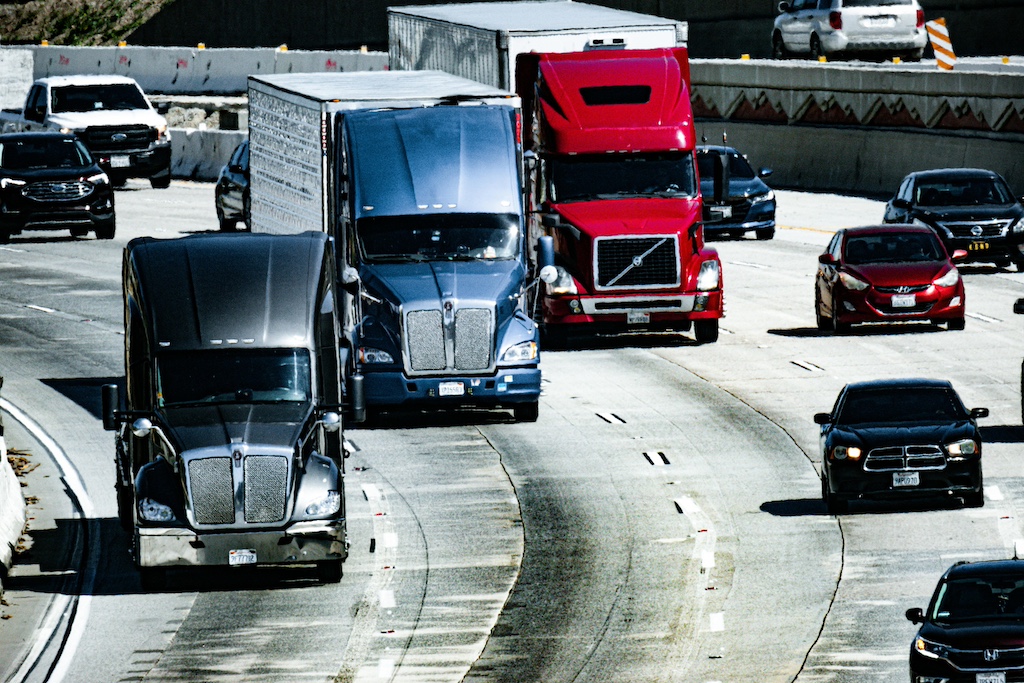The Role of the Transportation Sector in Global Greenhouse Gas Emissions
The transportation sector significantly contributes to global greenhouse gas (GHG) emissions, accounting for approximately 20-25% of total emissions worldwide. The reliance on fossil fuels for powering vehicles has made this sector one of the largest contributors to climate change. Within the sector, road transport, including cars, trucks, and buses, generates the highest emissions, followed by aviation and maritime transport. Heavy-duty vehicles, like freight trucks and buses, are high emitters. Their large engines and long operating hours contribute to this.
Passenger cars, also play a substantial role due to their widespread use. Additionally, older vehicles with outdated technologies often lack efficient emissions control systems, further exacerbating the problem. The environmental impact of the transportation sector underscores the urgent need for effective strategies to mitigate its emissions.
Challenges in Reducing Transportation Sector Emissions
Efforts to reduce emissions in the transportation sector face several challenges. Among the key influencing factors are:
- Dependence on Fossil Fuels: Despite advancements in alternative energy, fossil fuels remain the dominant energy source for vehicles, posing a significant barrier to emission reduction.
- Infrastructure Limitations: The lack of charging stations for electric vehicles (EVs) and refueling facilities for alternative fuels, such as hydrogen, limits the widespread adoption of low-emission technologies.
- High Costs of New Technologies: Transitioning to low-emission or zero-emission vehicles often involves significant upfront costs, which can deter consumers and fleet operators.
- Policy and Regulatory Gaps: Inconsistent or insufficient policies and regulations across regions can slow down the implementation of emission-reduction measures.
- Behavioral Factors: Consumer preferences and habits, such as the inclination towards larger, less fuel-efficient vehicles, can undermine efforts to reduce emissions.

https://www.pexels.com/photo/motorcycles-and-cars-on-a-busy-street-20530624/
Technology and Innovation in Vehicle Emission Reduction
Technological advancements play a pivotal role in addressing the emission challenges of the transportation sector. Key innovations include:
- Electric Vehicles (EVs): EVs are powered by electricity rather than internal combustion engines, offering zero tailpipe emissions. With advancements in battery technology, EVs now provide longer ranges and shorter charging times.
- Hydrogen Fuel Cell Vehicles (FCVs): These vehicles use hydrogen gas to generate electricity, emitting only water vapor. FCVs are particularly suitable for long-haul transport due to their quick refueling times.
- Hybrid Vehicles: Combining internal combustion engines with electric propulsion, hybrid vehicles offer improved fuel efficiency and reduced emissions.
- Advanced Combustion Engines: Innovations such as direct fuel injection and turbocharging enhance fuel efficiency and reduce emissions from traditional engines.
- Alternative Fuels: Biofuels, synthetic fuels, and liquefied natural gas (LNG) provide cleaner alternatives to conventional fossil fuels, reducing the carbon footprint of vehicles.
- AdBlue® Technology: AdBlue®, a urea-based solution used in Selective Catalytic Reduction (SCR) systems, significantly reduces nitrogen oxide (NOx) emissions in diesel engines. This technology is widely adopted in heavy-duty vehicles to comply with stringent emission standards.
- Smart Transportation Systems: Integration of technology such as AI and IoT in transportation can optimize routes, reduce idling, and enhance fuel efficiency, contributing to lower emissions.
The transportation sector’s impact on global GHG emissions highlights the urgency of adopting innovative technologies to mitigate its environmental footprint. While challenges persist, advancements in electric, hybrid, and hydrogen-powered vehicles, alongside the adoption of alternative fuels and emission control systems like AdBlue®, offer promising solutions. Collaborative efforts among governments, industries, and consumers are essential to accelerate the transition towards a sustainable transportation future.
Read other Articles: Overview: Government Efforts to Reduce Emissions

